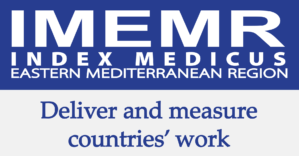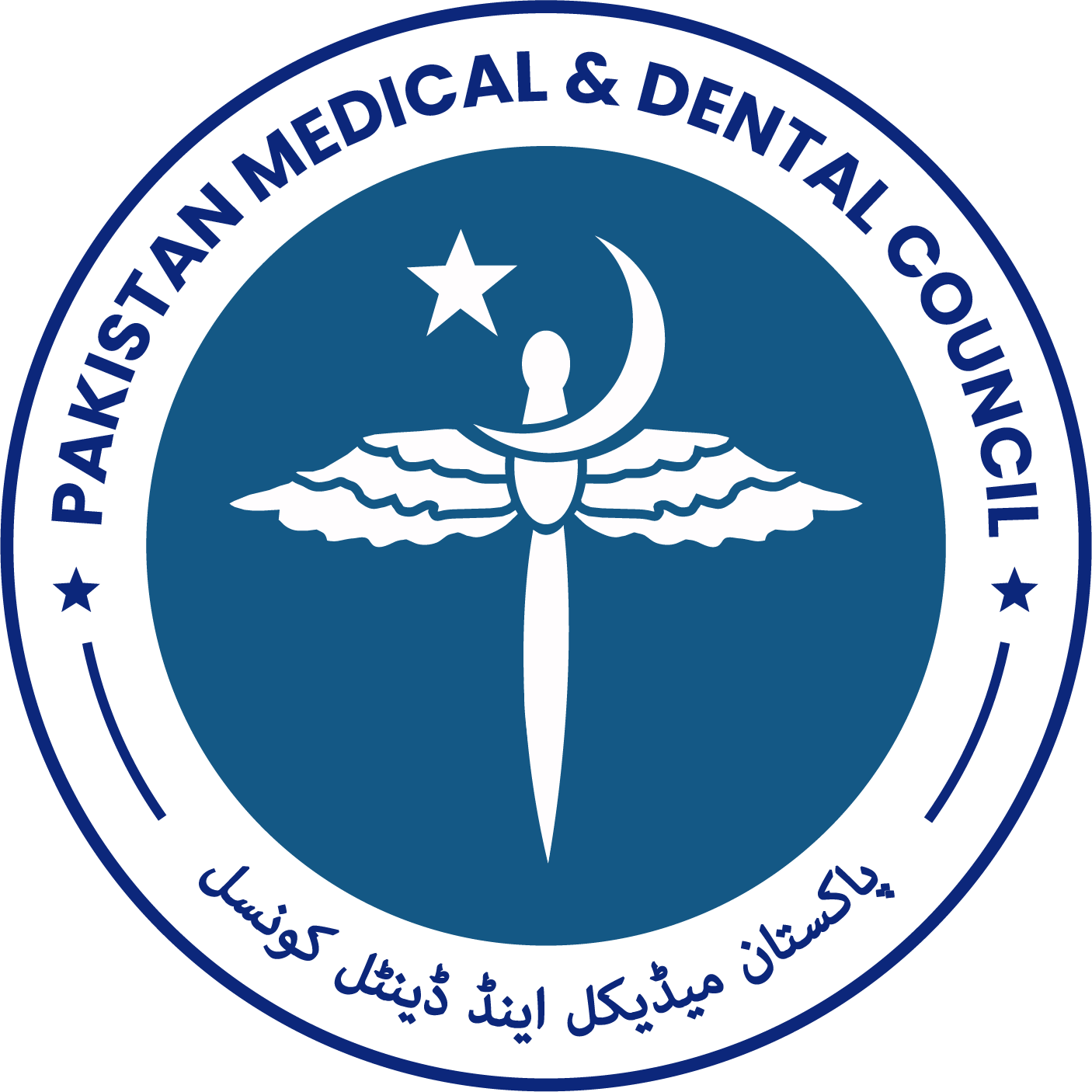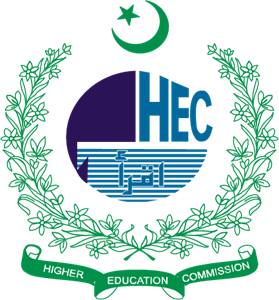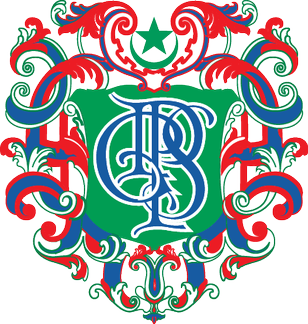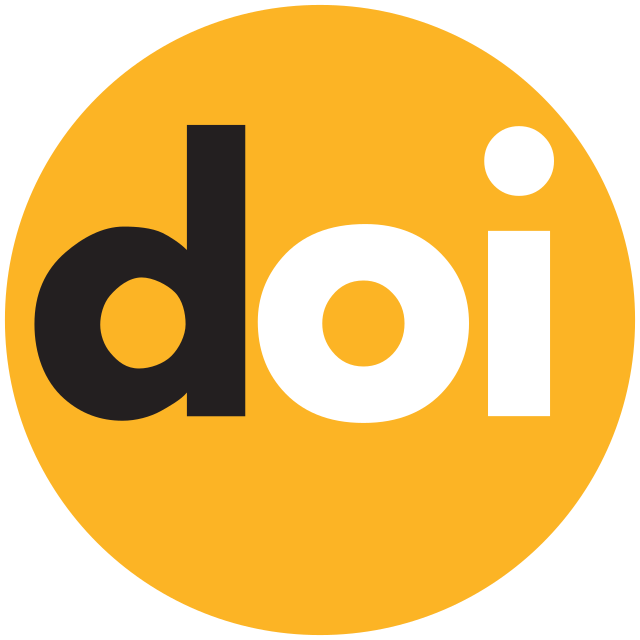Carotid sinus massage: A reconsideration in supraventricular tachycardia
DOI:
https://doi.org/10.53685/jshmdc.v5i2.244Keywords:
Carotid sinus massage, Supraventricular tachycardia, Adverse eventsAbstract
Background: Supraventricular tachycardia (SVT) is attributable to the orthodromic re-entry phenomenon when tachycardia is secondary to normal anterograde electrical conduction.
Objective: To determine the clinical efficacy of carotid sinus massage in terminating the episode of supraventricular tachycardia and the incidence of adverse events associated with carotid sinus massage.
Methods: A Quasi experimental pretest post-test study was conducted in the emergency department of CMH Multan after Institutional ethical approval (13/Trg, ERC no. 22/2024) from 20th March to 15th June 2024. This study involved 200 patients, above 25 years of age, presenting to the emergency department with palpitations. Standard 12 lead electrocardiogram was done to diagnose SVT. After informed consent was obtained, patients were placed supine with the neck slightly extended and turned to the opposite side. Carotid sinus massage (CSM) was done, and patients were retained in the emergency detention room. The efficacy of CSM was assessed by termination of SVT within 30 seconds of CSM and incidence of its adverse events was noted during or 1 hour after the CSM procedure.
Results: The mean age of study participants was 35.55±8.6 years and the majority were females (59.5%). The CSM was successful in terminating SVT in 18.5% of the patients. The frequency of adverse events of CSM was dizziness (3.5%), vomiting (2.5%), syncope (1.5%), exacerbation of arrhythmia (3.5%), and temporary neurologic complications (1%). The success rate of CSM was higher in non-diabetic patients (p=0.020) and those reporting within 2 hours of the onset of the first episode of SVT(p=0.000).
Conclusion: Carotid sinus massage is an effective and safe intervention for early-on spot management of supraventricular tachycardia.
References
Kotadia ID, Williams SE, O’Neill M. Supraventricular tachycardia: An overview of diagnosis and management. Clin Med. 2020; 20(1): 43–47. doi: 10.7861/clinmed.cme.20.1.3
Boehmer AA, Rothe M, Soether CM, Kaess BM, Ehrlich JR. Supraventricular tachycardia: electrocardiogram diagnosis and clinical management for the non-electrophysiologist. Eur J Arrhythmia Electrophysiol. 2021; 7(1): 4. doi: 10.17925/EJAE.2021.7.1.4
Haq FU, Younas M, Chaudhry TA, Tousif R, Maqbool B, Ayub RU. Supraventricular tachycardia, types and immediate management; Experience at a tertiary care hospital of South Punjab. Pak J Med Health Sci. 2022; 16(12): 888. doi: 10.53350/pjmhs20221612888
Arnold C, Martinez CJ. Paroxysmal supraventricular tachycardia. Cureus. 2019; 11(6): e4883. doi: 10.7759/cureus.4883
Peng G, Zei PC. Diagnosis and management of paroxysmal supraventricular tachycardia. JAMA. 2024; 331(7): 601. doi: 10.1001/jama.2024.0076
Nakashima T, Nakatani Y, Ramirez FD, Cheniti G, Jaïs P, Sacher F. Varying physiologic ventricular resynchronization with changes in atrial rhythm in a patient with a right-sided accessory pathway and right bundle branch block. J Electrocardiol. 2021; 66: 122–124. doi: 10.1016/j.jelectrocard.2021.04.012
Ceylan E, Ozpolat C, Onur O, Akoglu H, Denizbasi A. Initial and sustained response effects of 3 vagal maneuvers in supraventricular tachycardia: a randomized, clinical trial. J Emerg Med. 2019; 57(3): 299–305. doi: 10.1016/j.jemermed.201906008
de Lange FJ, de Jong JSY, van Zanten S, Hofland WPME, Tabak R, Cammenga M, et al. Carotid sinus massage in clinical practice: The six-step method. Europace. 2024; 26(11). doi: 10.1093/europace/euae266
Hendrix A, Eckert T, Kerrison C, Carlyle L, Yan A. Supraventricular tachycardia (SVT) and stroke: Should we pump the brakes on cardioversion? Cureus. 2024; 16(4): e58193. doi: 10.7759/cureus.58193
Varley L, Howard L. BET 2: Trendelenburg position helps to cardiovert patients in SVT back to sinus rhythm. Emerg Med J. 2017; 34(3): 189–90. doi: 10.1136/emermed-2017-206590.2
Alfehaid AA, Almutairi OT, Albloushi MH, Alahmad AA, Hasan MK, Alawadhi OF, et al. Valsalva maneuver versus carotid sinus massage for supraventricular tachycardia: a systematic review and meta-analysis of randomized controlled trials. Cureus. 2024; 16(9): e70064. doi: 10.7759/cureus.70064
Huang EP, Chen CH, Fan CY, Sung CW, Lai PC, Huang YT. Comparison of Various Vagal Maneuvers for Supraventricular Tachycardia by Network Meta-Analysis. Front Med (Lausanne). 2022.3; 8: 769437. doi: 10.3389/fme d.2021.769437.
Shoukat R, Ahmad S, Jehangir HMS, Arshad W, Shah ZH, Ahmad T. Comparing the efficacy of standard vs modified Valsalva maneuver in terminating paroxysmal supraventricular tachycardia. Pak J Med Health Sci. 2023; 17(4): 170–172. doi: 10.53350/pjmhs2023174170
Ashraf H, Fatima T, Ashraf I, Majeed S. Effectiveness of modified valsalva maneuver by using wide bore syringe for emergency treatment of supraventricular tachycardias: Findings from Pakistan. Pak J Med Sci. 2023; 39(3). doi: 10.12669/pjms.39.3.6725
Adlington H, Cumberbatch G. Carotid sinus massage: Is it a safe way to terminate supraventricular tachycardia? Emerg Med J. 2009; 26(10): 733-734. doi:10.1136/emj.2008.062 968
Lodewyckx E, Bergs J. Effectiveness of the modified Valsalva maneuver in adults with supraventricular tachycardia: A systematic review and meta-analysis. Eur J Emerg Med. 2021; 28(6): 432–439. doi: 10.1097/MEJ.0000000000000862
Plastiras SC, Moutsopoulos HM. Arrhythmias and conduction disturbances in autoimmune rheumatic disorders. Arrhythm Electrophysiol Rev. 2021; 10(1): 17-25. doi: 10.15420/aer.2020.43
Downloads
Published
How to Cite
Issue
Section
License
Copyright (c) 2024 Sampana Fatima, Aqsa Naeem, Hafiza Qurat ul Ain

This work is licensed under a Creative Commons Attribution-NonCommercial 4.0 International License.
You are free to:
- Share — copy and redistribute the material in any medium or format
- Adapt — remix, transform, and build upon the material
- The licensor cannot revoke these freedoms as long as you follow the license terms.
Under the following terms:
-
Attribution — You must give appropriate credit, provide a link to the license, and indicate if changes were made. You may do so in any reasonable manner, but not in any way that suggests the licensor endorses you or your use.
-
Non Commercial — You may not use the material for commercial purposes.
-
No additional restrictions — You may not apply legal terms or technological measures that legally restrict others from doing anything the license permits.







